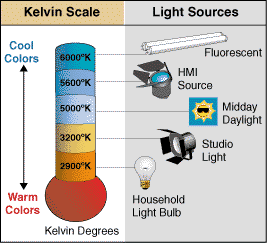Each light source has merits and each performs well when used in a suitable environment. The lumen-per-watt, the SI unit commonly used for measuring the total amount of light emitted by a light source per the energy input, does not accurately reflect the true efficacy of LED light sources. An LED is a directional light source and emits little or no spherical light, whereas lumen-per-watt takes into account all light emissions, including spherical, from a light source and not just what is actually accomplishing the required illumination task.
Today, for general lighting (e.g., living areas, factory floors) applications an incandescent bulb generates more visible light-per-watt than an equivalent LED, making an incandescent better suited for this type of job. However, it's in color-specific and power-critical applications (e.g., third brake lights, display panels, industrial controls and traffic signals) that energy-efficient LEDs really outshine incandescents.
An LED is a solid-state semiconductor device that converts almost all of its electrical energy directly into a particular color wavelength of light (measured in nanometers), resulting in high efficacy. (The composition of the materials in the semiconductor chip determines the wavelength and, therefore, the color of the light. Lenses, reflectors and diffusers can be integrated into the package to achieve desired spatial radiation characteristics.)
For example: Compare a red LED to a red-filtered incandescent lamp. A red LED might be as much as 10 times more visible than the red-filtered incandescent lamp because the red filter reduces the incandescent's light output. Unlike an LED, which is a monochromatic light and doesn't need to be filtered, an incandescent emits a full-spectrum light and, therefore, requires a filtering system to produce light of a specific color. (Placed under a lens, an LED lamp cluster can suffer a 20% - 30% reduction in brightness depending on the color and thickness of the lens. The lighter the lens pigmentation the brighter the LED lamp appears.) Additionally, most of an incandescent's energy (80% - 90%) is wasted in the generation of heat that is needed to achieve the Kelvin scale of light wavelength color the incandescent is trying to produce. (see Figures R & R.1)

Figure R

Figure R.1
To more accurately quantify and compare efficacy of an LED to an incandescent, you must consider the following: specific application, luminance, lens type and intensity. |